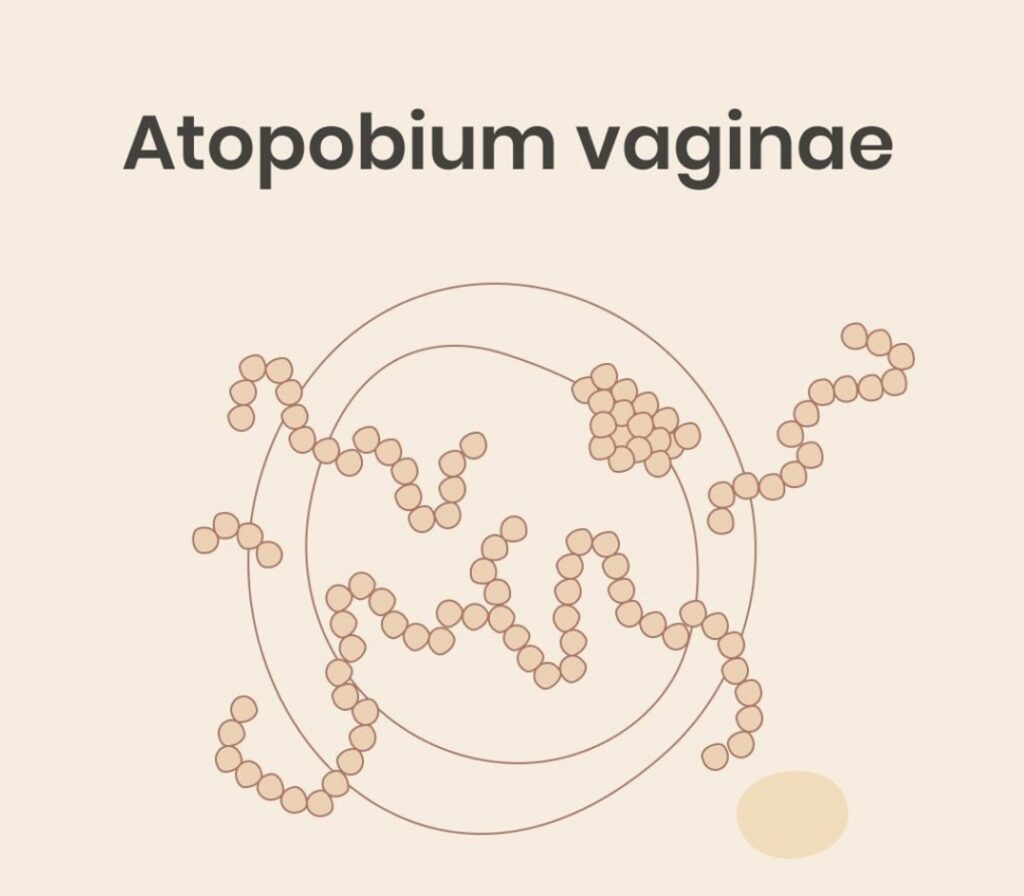
Atopobium vaginae is a bacterial species frequently associated with bacterial vaginosis (BV), a common vaginal infection affecting women of reproductive age. This article will discuss:
- What Atopobium vaginae is and its role in BV
- Diagnosing bacterial vaginosis
- Antibiotic treatments for BV
- Strategies for preventing BV recurrence
Atopobium Vaginae and Bacterial Vaginosis
Atopobium vaginae is an anaerobic bacterium that resides in the human vaginal environment. When this bacterium overgrows and disrupts the natural balance of vaginal microbiota, it can contribute to the development of bacterial vaginosis. Other bacteria, such as Gardnerella vaginalis and Megasphaera type 1, are also involved in causing BV. BV is typically characterized by a thin, greyish-white discharge, a strong fishy odor, and itching or irritation in the vaginal area. It is crucial to address BV promptly and appropriately, as it can lead to more severe health complications if left untreated.
Diagnosing Bacterial Vaginosis
Diagnosing BV involves a thorough evaluation by a healthcare professional. They will perform a pelvic examination, review the patient’s medical history, and take a sample of vaginal discharge for lab testing. Laboratory testing can identify the presence of Atopobium vaginae, among other bacteria, and help determine the appropriate BV treatment antibiotics.
Antibiotic Treatments for Bacterial Vaginosis
The main treatment for BV is antibiotics, either in oral or topical form. Common antibiotics prescribed for BV include metronidazole and clindamycin. These antibiotics for vaginal bacteria help to kill off the harmful bacteria responsible for BV, including Atopobium vaginae, and restore the balance of vaginal microbiota. Oral antibiotics are typically taken for 7 days, while topical treatments, like clindamycin cream or metronidazole gel, are applied directly to the vagina. It is essential to complete the full course of antibiotics, even if symptoms improve before finishing the medication, to ensure the infection is effectively treated.
Strategies for Preventing BV Recurrence
Despite successful treatment, BV can recur in some individuals. The following recommendations can help reduce the likelihood of BV recurrence:
- Maintain vaginal hygiene: Avoid using harsh soaps, douching, or scented feminine products, as these can disrupt the natural pH balance of the vagina.
- Use condoms: Employing barrier protection, like condoms or dental dams, during sexual activity can minimize the risk of BV and other sexually transmitted infections.
- Supplement with probiotics: Probiotics containing lactic acid-producing bacteria, such as Lactobacillus, can support a healthy vaginal microbiome and reduce the risk of bacterial overgrowth.
Conclusion
Atopobium vaginae is a key bacterium involved in the development of bacterial vaginosis. Accurate diagnosis and appropriate antibiotic treatment are essential for managing BV and restoring a healthy vaginal environment. Preventative measures and maintaining good vaginal hygiene can significantly reduce the risk of BV recurrence.
